Downton I adore you, but my first love on PBS will always be Antiques Roadshow. If you haven’t already discovered it for yourself, the show is part adventure, part history lesson, and part treasure hunt for those who love history and stories revealed through unique objects. With the Roadshow stopping in Austin this year to film three episodes, we simply had to take advantage of the knowledgeable appraisers who were in town to participate. We were lucky enough to get set up with appraiser Sara Wishart to talk about maker’s marks, collecting china, and how to shop smart at the antique market. And — to add to the fun — Michael and I got to have two of our own items appraised at the Roadshow! Read on for Sara’s tips and to find out what happened when Michael and I arrived on set…
featured image source

Sara, tell us a bit about your job. What’s your official title? How long have you been in the business?
Independent Appraiser of Antiques and Personal Property. I have been in the business for 16 years.
What do you love about working in the world of antiques?
I love that my job affords me the opportunity to learn something new every single day. I’m drawn to and love antiques because they are a tangible connection to the past — one that we can touch, and use, and live with just as the previous owners may have 100, 150, 200 years ago. I get a kick out of imagining who may have owned that antique when it was first made, how they used it, and what made it special enough for it to survive to the present day.
image source

Is there one general principal you adhere to when it comes to investing in antiques?
Always buy what you love, regardless of what fashion trends dictate — you have to live with it, after all! And always try to buy the best example of that particular thing that you can afford.
image source

Any tips on incorporating vintage/antique elements into a modern space?
I’d say, just have fun! If your furnishing and decorations are all things you acquired because they spoke to you they make you happy, then they already go together. Think of mixing vintage and antiques together like a never-ending design cocktail party — the party-goers may come from different walks of life, but once they’re all mingling and getting to know one another, isn’t that what makes the party successful? And if there’s one visibly discordant note in the mix, you don’t have to invite it back to the party (i.e. send it to the consignment shop!).
image source

When it comes to shopping for antique silver, what should we look for to tell if a piece is quality or not? Does weight matter?
I’d suggest familiarizing yourself with basic hallmarks so you can learn to become adept at separating silver from silver plate. There are great reference books available, and also some very thorough online silver research websites. If you’re antiquing with your smartphone, you can always take a moment and do a little research. Weight does matter — heavier is better because that means there’s more silver present. However, manufacturers can give items extra weight with pitch-filled or cement-filled stems or bases, so keep an eye out for that.
image source

Antique rugs bring so much to a room, but they seem like one of the hardest things to shop for. Any tips for finding the right one?
Always flip a rug over to check condition. Look at any difference in dye color from front to back, check for any signs of repair, or areas of staining. Also, it may sound strange, but you might want to consider giving the rug a “sniff test.” Even after cleaning, some rugs and carpets can retain odors, and it would be a drag to get your acquisition home and discover that it imparts a hint of “Eau de Fido” to your room.
image source

Where are your favorite sources to find unique antique/vintage decor items?
I have an auction house background, so I’m a big proponent of that process, especially when it comes to buying antiques. For vintage decor, I love traditional outdoor flea markets and tag sales. If I’m hitting group shops or dealer booths, I sometimes head for the spot that seems least likely to specialize in what I like, because if they have it, it may be a bit outside their range, and could therefore end up being a bargain.
image source

Of course we’re all obsessed with pretty china and pottery around this office. Are there any tips we should keep in mind for collecting antique china? (Is it important to have a full set? Or is it more on-trend to build your own “mix-and-match” collection?)
If you’re in the market for a full set of Limoges, just like your grandmother had, you’re in luck because it’s a buyer’s market. These sets are easily found, and fetch very little in today’s market. If you’re really into porcelain, learn to spot the difference between hand-painted decoration and that applied with a transfer print (which is similar to a decal laid onto the clay). The hand-painted pieces are usually more valuable than printed counterparts. And as with any antique, check condition before you buy. Personally, I like a mix-and-match look on the table. You could have fun acquiring your own unique “set” by collecting tableware based on the color or theme of the decoration on the dishes.
Thanks, Sara! And see you at the show…

Michael and I prepare for our visit to the Antiques Roadshow set. We each took one family item to be appraised…

I took a set of antique china from my great great grandmother, Rose Parkhill of Hunstville, Texas.

And Michael took an antique long-barreled rifle that’s been in his family for many generations.

We were able to meet Sara on set the day of the show in between appraisals. She was working in the silver department.
“What’s the best thing you’ve seen so far today?” I asked her. “A piece made from melted Mexican coins that was created during the Texas Revolution,” she said. “It was a beautiful piece made even more interesting by it’s regional history.”

Sara shows me one of the many volumes she uses to identify maker’s marks on antique silver pieces. Two of her go-to references are:
International Hallmarks of Silver
and Encyclopedia of American Silver Manufacturers

I had my set of china appraised by pottery expert, Suzanne Perrault.
“It’s a beautiful set,” she said cautiously. “But here’s where I break your heart: Every bride in the US registers for a brand new set of china. This has been going on for many years, so at this point there are just so many sets of china out there. How many place settings do you have?” “Twelve.” I told her. “Twelve is a good number. It’s better than eight.” she said. “But it’s a buyer’s market for transfer china. You could probably get $120 for the set. If I were you, I would use these pieces in my home and enjoy their beauty. We tend to enshrine these items, especially if we’ve inherited them. But it’s better to use them and actually enjoy them. While you wouldn’t want to put them in the dishwasher every single day, they can actually stand up to multiple washes per year in the dishwasher. Many people don’t know that.”

Michael had his rifle appraised by arms expert Rafael Eledge. Rafael dated the gun to the pre-Civil War era, around 1830. The gun was most likely from North Carolina and assembled by the original owner.
“It was actually purchased in three parts,” he told Michael. “That’s where the expression ‘lock, stock, and barrel’ comes from: you bought each part separately and put the gun together yourself back then.”
As for the final estimate, let’s just say there may be a family feud over who gets to keep that gun…
Thanks, Antiques Roadshow! We had a blast and learned a few things, too.
Antiques Roadshow airs on Monday nights at 8pm on PBS.

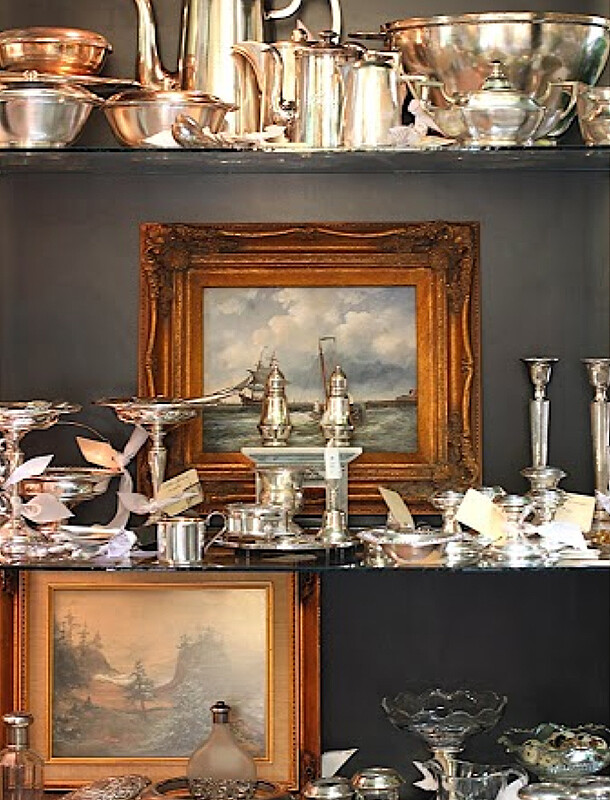
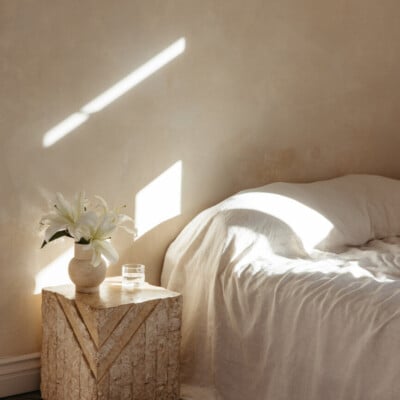
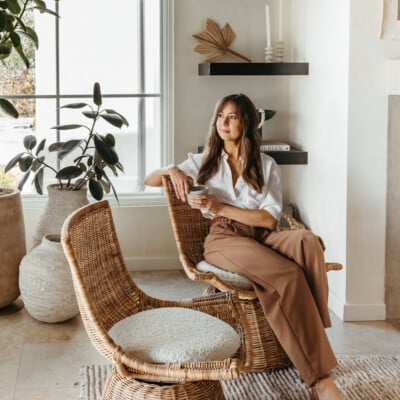
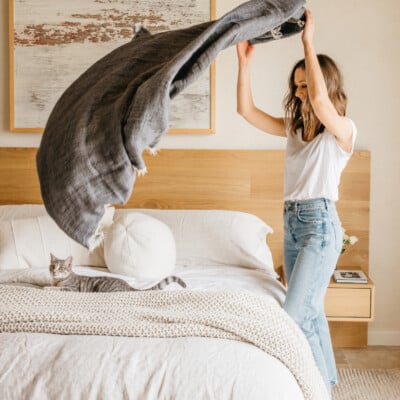
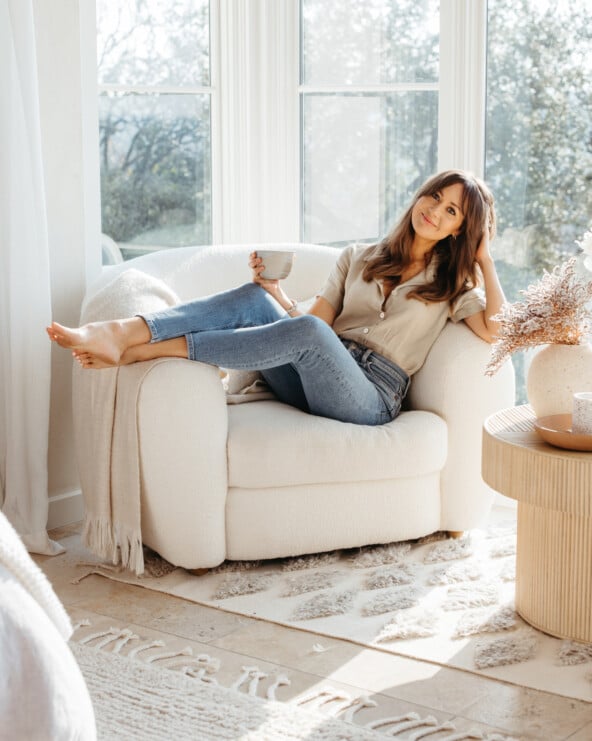
How much fun! I’m totally jealous. Glad y’all had fun and I super love all the great tips for shopping for antiques.
Thank you, Winzer! It was so much fun to see behind the scenes on one of our favorite shows. And I agree — these are really solid tips to keep in mind when shopping for antiques/vintage items!
So much great information. This looks like such a fun experience!!
Is there a aprasial website?. Even someone who would be willing to help me find some information on a piece I have?
Hi, Emmy! The antiques roadshow website is: http://www.pbs.org/wgbh/roadshow/
If you look at the page for official Roadshow appraisers (http://www.pbs.org/wgbh/roadshow/appraisers/) and click on each individual’s name you can find their contact info. I would recommend sorting the names by “specialty” and choosing one to contact who might know about your piece.
Thank you so much for the reply.
I love the Antiques Roadshow! As an avid antique lover, I really appreciated the shopping tips.
Thanks Jennifer & Michael for a first hand glimpse behind the scenes…how fun!
This is such an awesome post — gearing me up for Brimfield this weekend!
x Lily
http://whilemyboyfriendsaway.blogspot.com/
Thanks, Lily! Have fun at Brimfield!
Gotta buy what you love for sure. Nothing adds more character to a space than a great personal, funky find!
Antiques here we come! 😉
xo, Kali
Jen, I love your china! Regardless of the appraised value, I would consider it a treasured family heirloom.
Thank you, Melanie! That is so sweet. I love it because of the rose pattern! I’ll have to take Suzanne’s advice and start using it more often.
I also love the antique china!
Thank you, Traci!
I loved reading this piece and especially all the collecting advice! I’m obsessed with ARS and so jealous that you got to go!
What an awesome assignment. Such a great piece, and love the pic of you two.
LOVE this article ! The whole concept of BBC’s Antiques Roadshow, topic, pics, interview , info … all! Great job! Thank you!
I have a good portion of fine China from England, Germany, Italy, and more that were my great Grandma’s passed down to me this year. I know very little about them. Some are really old bone china, hand painted, pottery and/or yea sets, plates.,…how do I start to get information on them?
Bavarian West Germany 1700’s
Vintage 1940’s hand-painted Japan lusterware fine china. Porcelain Fan Crest Tea Cup and Saucer
8 LENA LIU floral greetings teacups, saucer, and matching spoons collection.
Just to name a few.
Thank you very much for your time and help.